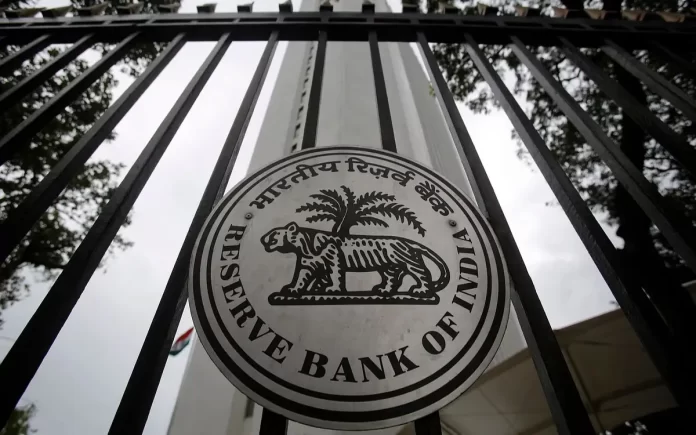New Delhi: RBI Deputy Governor Michael Debabrata Patra expressed optimism about India’s economic prospects, suggesting that the country could achieve a remarkable growth rate of 10 percent in the coming decade. He emphasized that India has the potential to emerge as the world’s second-largest economy by 2032 and eventually become the largest economy by 2050, driven by ongoing transformations and energy.
Speaking at Nomura’s 40th Central Bankers Seminar in Kyoto, Japan on March 25, Patra highlighted India’s resilience in the face of challenges, indicating a post-pandemic upshift in growth. He noted that India’s growth trajectory, which had surpassed 7 percent in the 2000s before the COVID-19 pandemic, is showing signs of resurgence.
“India’s recent growth performance has surprised many, triggering a flurry of upgrades. For instance, the International Monetary Fund (IMF) has cumulatively revised its forecast for 2023 upwards by 80 basis points between April 2023 and January 2024,” said Patra.
Read More: Economic Experts Clash: Raghuram Rajan vs. Arvind Virmani on India’s Growth Trajectory
The IMF expects India to contribute 16 percent of global growth, positioning it as the fifth-largest economy globally. Patra underlined India’s potential to overtake Germany and Japan within the next decade, particularly in terms of market exchange rates.
Highlighting India’s current economic standing, Patra mentioned that in purchasing power parity (PPP) terms, India already ranks as the world’s third-largest economy. He attributed this positive outlook to various factors, including a favorable demographic dividend, stable currency performance, and transformative technological advancements.
Addressing concerns about inflation, Patra noted a moderation after multiple supply shocks induced by the pandemic, weather conditions, supply chain disruptions, and global commodity price pressures. He mentioned that inflation peaked early in response to coordinated monetary-fiscal policies but has since fallen within tolerance levels.
Patra outlined several challenges facing India, including the need to enhance labor productivity and female workforce participation. He stressed the importance of upskilling initiatives like Skill India to bridge the skill gap and boost employability. Additionally, he emphasized the importance of global market penetration for India’s manufacturing and services sectors, advocating for initiatives like “Make in India for the world.”
The RBI official underscored the importance of intensifying efforts to increase India’s exports of goods and services, setting ambitious targets to reach USD 1 trillion each for merchandise and service exports by 2030. He highlighted sectors with export potential, including IT, digital services, agriculture, tourism, financial services, retail, and e-commerce.



